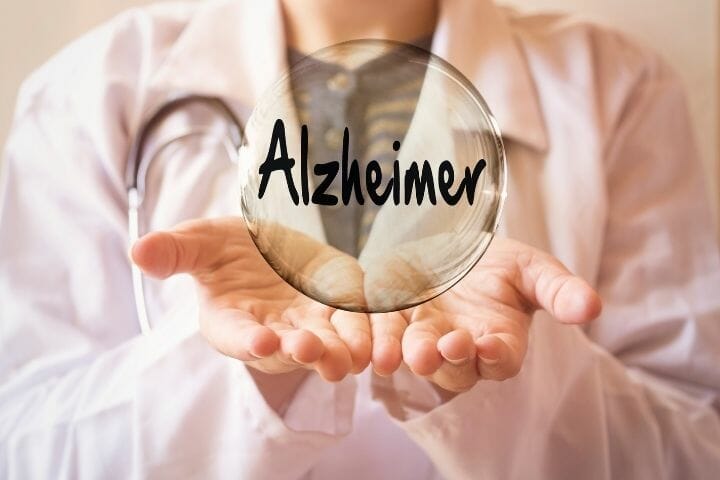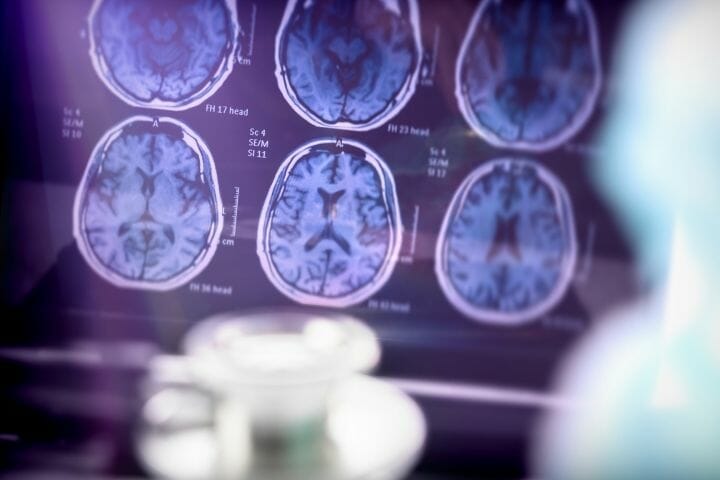Here is a compendium of Alzheimer’s statistics for your benefit, to understand how big and complex this problem is.
Contents
Alzheimer’s is very common in older adults. However, younger people are also at less risk of developing Alzheimer’s, but it is not severe. Most people’s brains become less active and lose memory as they grow old. In 2020, around 5.8 million Americans had Alzheimer’s Disease.
Alzheimer’s is a progressive disease; in simpler words, it gets worse with time. In the U.S., AD is the 6th leading cause of death of people and the 5th leading cause of death of older adults.

Health care providers advise people to learn about the signs of Alzheimer’s Disease as doctors can reverse it at an early age.
Who Is Most Affected by Alzheimer’s Disease
Older generations, especially those above 65 years old, are at more risk of getting Alzheimer’s. With age, cognitive change more frequently occurs. Mixed dementia is common in people of age 85.
Younger people are at less risk of getting Alzheimer’s Disease. However, if you notice any symptoms of Alzheimer’s Disease, you should seek healthcare professional help. Researchers estimate that 13 million seniors are projected to have Alzheimer’s Disease by 2050.
What Percent of People Get Alzheimer’s?
The percentage of people with Alzheimer’s increases drastically with a person’s age. Evidence shows that 5.3% of Alzheimer’s patients are aged 65 to 74, 13.8% of patients are between 75 and 84.
And the people of age 85 and above are common Alzheimer’s patients(34.6% of total). Alzheimer’s is a serious health issue as 1 in 3 older adults die due to it. The death cases due to Alzheimer’s increased 145% between 2000 and 2019.
Around 6 million people in the United States will be living with Alzheimer’s in 2021. Researchers expect that the strength of people with Alzheimer’s Disease will double in the next thirty years.
However, many healthcare and medicare management is advancing in treating Alzheimer’s. Many groundbreaking discoveries can improve the quality of life of a person with Alzheimer’s and their caregivers.
Healthcare provides 11 million people in America with Alzheimer’s unpaid care. The standard treatment of AD involves maintaining people’s brain health, behavioral symptoms and delaying the signs.

Is Alzheimer’s the Leading Cause of Dementia?
There are many forms of dementia, such as vascular dementia, mixed dementia, and Alzheimer’s Disease. Alzheimer’s is the most common cause of dementia. According to a report, 60% to 80% of people with dementia have been diagnosed with Alzheimer’s.
Some people also have mixed dementia that includes Alzheimer’s symptoms. People with dementia find it more challenging to remember the recent conversation, time, names, or events. People also feel depressed and change in behavior in dementia.
According to statistics, seniors develop Alzheimer’s every 65 seconds in the United States.
Does the Alzheimer’s Gene Skip a Generation?
Scientists suggest that many genes can increase the risk of Alzheimer’s. Evidence shows that the APOE-e4 gene has the potential impact on the rate of developing late-onset Alzheimer’s. Every person inherits at least one copy of this gene.
The primary function of this gene is to provide the blueprint for a protein transporting cholesterol in the bloodstream. The APOE gene is present in three different forms, including e2,e3, and e4.
A recent study shows that the Alzheimer’s gene may be present in the younger generation, but the risk has decreased due to significant years of early life education.
Caregivers
According to a study, the number of caregivers for Alzheimer’s patients is significantly lower than in previous years. The estimated strength of caregivers for people with dementia is 11.2 million.
One more report states that one to four family members of Alzheimer’s patients act as caregivers. In the U.S., the number of unpaid caregivers is also very high. 15.8 million people that are friends and family of a patient offer 18 billion hours of unpaid care. However, the number of unpaid caregivers is declining.
The Alzheimer’s Association is working on new studies and methods to build caregivers and models for people with Alzheimer’s. It will become easier to provide care and lose the burden of dementia caregiving.
While the Alzheimer’s Association builds the caregiving model, the unpaid caregivers can improve their knowledge and caring methods using Alzheimer’s facts and figures.
Some facts about Alzheimer’s Caregivers:
- Two-thirds of caregivers are mainly women.
- More than 60% of caregivers are married, long-term, or living with a partner.
- About 30% of caregivers are seniors of age 65 or above.
- Approximately 40% of Alzheimer’s caregivers have a college degree or higher education.
- Over half of caregivers give unpaid assistance to their parents or in-laws with dementia.
- 41% of dementia caregivers have an income of $50,000 or less.

Economic impact
The Total costs of health care and long-term care for a person with Alzheimer’s are substantial because it is the 6th leading medical condition in the U.S. Scientists say that dementia is one of the costliest conditions in America.
As per a study, the total costs for health care for a person with Alzheimer’s are estimated to be $355 billion in 2021. The total payment does not involve the informal care of an individual.
Healthcare organizations like Medicare and Medicaid possibly cover 67% or $239 billion on long-term health care spending for people with Alzheimer’s. And 22% or $76 billion on the out-of-pocket cost.
Distribution of aggregate costs by payment source for Alzheimer’s patients in America:
- Medicare supports half of the health care of people with Alzheimer’s by providing 51% or $181.8 billion.
- Medicaid supports the cost of care by providing $59 billion or 17%.
- $76 billion spent on out-of-pocket expenditure.
- Other 11% spending paid $39 billion.

Wrap Up
With the discovery of Alzheimer’s Disease, its symptoms, and its prevention, many people can get treatment at an early stage. Advance early detection techniques help doctors to prevent AD before it gets worse.
Aging is the main factor in getting Alzheimer’s, but other factors also increase the risk of Alzheimer’s. Researchers find many risk factors addressed to AD and now are working to find the best efficient treatment of Alzheimer’s.
